Oil on panel in perfect condition.
High quality Montparnasse frame attributable to "Bouche" with very small traces of use.
Isorel panel specially treated for a "Canvas" grain It should be noted that this is the first time that we see this label stuck to the back which gives its letters of nobility to this material so practical for painters.
Panel dimensions: 50 x 61 cm Frame dimensions: 73 x 83 cm
Please note we can sell the painting without a frame for €1800
Pierre CORNU Born on November 16, 1895 in Salon de Provence and died in Aix-en-Provence in 1996, he lived through the 20th century. Coming from a prosperous family of merchants, Cornu had a pampered and happy childhood during which his attraction to drawing and color manifested itself quite quickly. He was lucky, throughout his life, to be able to devote himself fully to his true passion, painting. His paintings were often featured in all the major Parisian salons. He exhibited regularly with Auguste Chabaud and René Seyssaud in Marseille. Financial worries forced him to expatriate for a few years to Morocco where he started a new life, never abandoning painting, perfecting his art (abundance of beautiful colors, similar to oriental tapestries). Returning a few years later to France, he settled in the region of Aix en Provence where he would end his life, exhibiting throughout the region and its surroundings, recognized by all (he would have famous visits to his studio, never ceasing to paint). All his life, he was a "...true epicurean, very attracted by women in the brilliance of their youth, in love with Provence whose light magnifies the colors, his optimistic and serene vision of existence allowed him to create a voluptuous and soft painting. His taste for feminine beauty should not make us forget that P. Cornu was a talented portraitist and an excellent painter of still lifes, especially flowers and landscapes. In fact, in all these genres, the only motif worthy of interest in his eyes was beauty, which he always knew how to discover in order to idealize and immortalize it… Like Bonnard, he seems to have painted only for the joy of painting but he also wanted to retain, show and share happy moments.” Words collected in the book “Cornu, la volupté sereine” by Jean Perreau, published by Galerie Michel Estades.












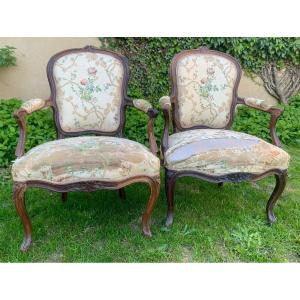

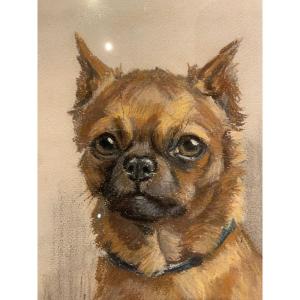



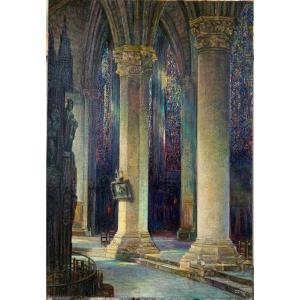



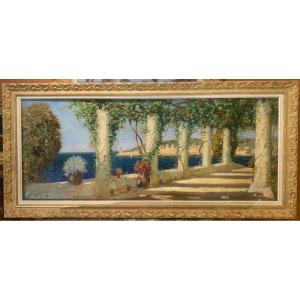
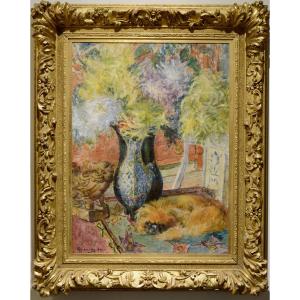










 Le Magazine de PROANTIC
Le Magazine de PROANTIC TRÉSORS Magazine
TRÉSORS Magazine Rivista Artiquariato
Rivista Artiquariato